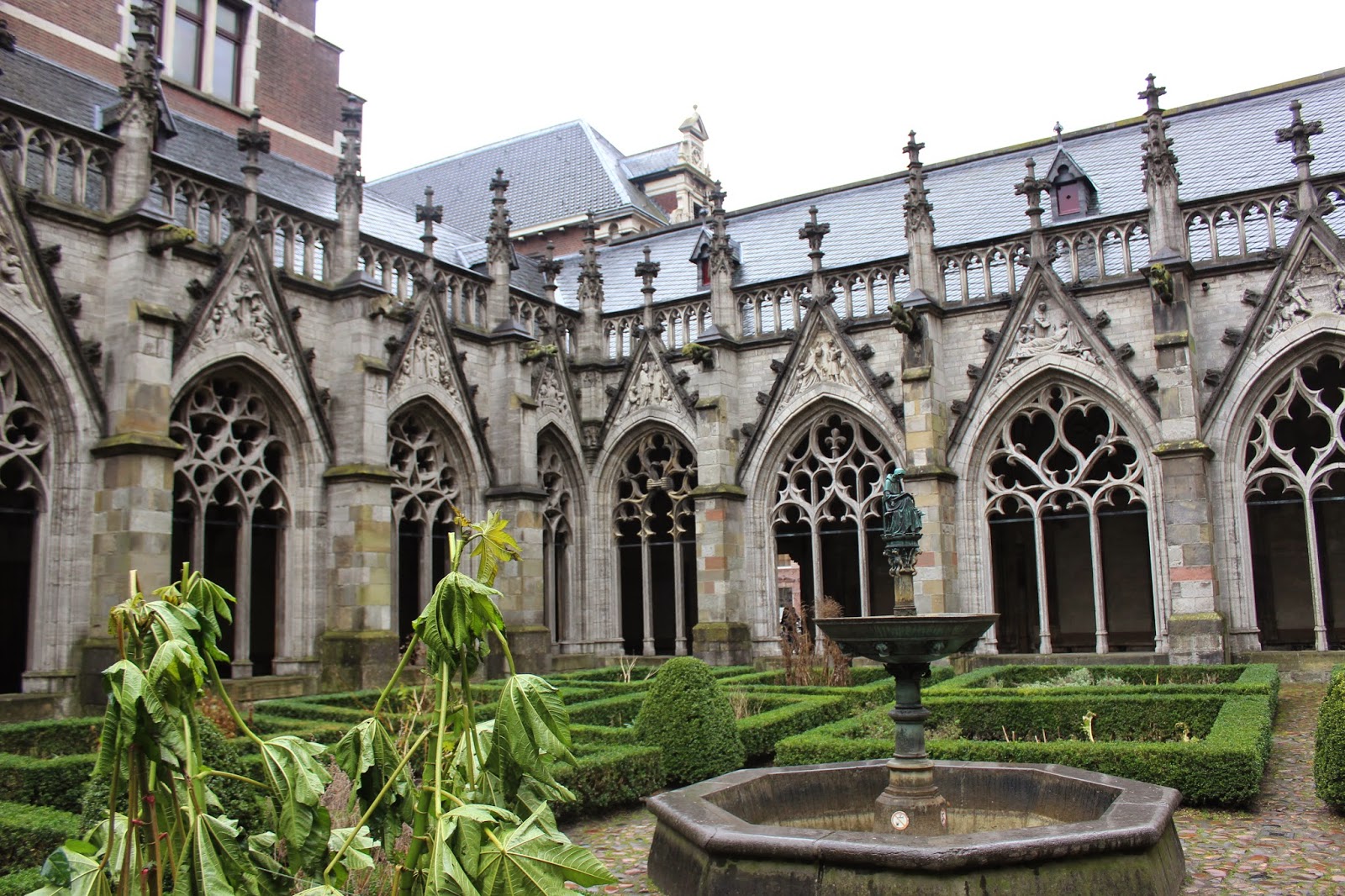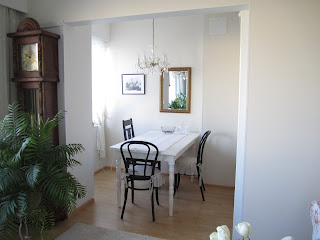 |
| Local night market in the Bangkok suburbs |
In
anticipation of some jet lag we had booked ourselves into the Orchid resort
practically below the flight path, where I figured we could spend a night or
two readjusting.
While I
bounced back straight away, Juho the true northerner took a few days longer,
spending many nights awake. It was actually a nice way to ease back into Asia,
being in the suburbs, as opposed to the backpacking ghetto of Khao San road,
the indisputable hub of the Thailand if not the South East Asian backpacking
scene. We particularly enjoyed the local night market for excellent cheap eats
among the locals.
Khao san Rd,
however, was our next pit stop. For those of you not familiar Khao San is a pedestrian road crammed with shops, travel agents, bars and guesthouses, sandwiched in between the streets of bustling downtown Bangkok. A hedonistic , alcohol fused, haze. Love it or loath it, if you are backpacking
Thailand you will likely end up there at some point because it is just so damn
convenient to organise onward travel from, and stock up on anything you may
need for your onward travels.
Since this is my 6th trip in the South East Asia region, I have lost count of the amount of times I have transited through this cesspit, and I say that with fondness.
Walking up the strip we were confronted with the worst types of tourists from both of our countries and others, guys with on shirts on screaming to their mates, old fat men with their Thai prostitutes, and all of this mingled into bars advertising ping pong shows, Buddha tattoos and two for one Mekong whisky buckets.Luckily we managed to find a relatively clean and quiet hotel tucked away down a back alley beyond the chaos. After refueling on delicious curries and spicy papaya salads we booked an overnight bus from a lady boy and were on our way south.
Since this is my 6th trip in the South East Asia region, I have lost count of the amount of times I have transited through this cesspit, and I say that with fondness.
Walking up the strip we were confronted with the worst types of tourists from both of our countries and others, guys with on shirts on screaming to their mates, old fat men with their Thai prostitutes, and all of this mingled into bars advertising ping pong shows, Buddha tattoos and two for one Mekong whisky buckets.Luckily we managed to find a relatively clean and quiet hotel tucked away down a back alley beyond the chaos. After refueling on delicious curries and spicy papaya salads we booked an overnight bus from a lady boy and were on our way south.
 |
| Waiting for the slow boat in Ranong |
Friends had told us that this island had yet to succumb to the savage over development of the majority of Thailand’s islands, and we were not disappointed.
Koh Phayam is indeed a rare find in Thailand, and between Juho and I we have tried and tested many a Thai island.
Here we have
settled into somewhat of a holiday routine:
Each morning I get up and walk the white sand stretch of Aow Yai (long beach), before finishing with a refreshing dip, when I return
to our bungalow 1.5 hours later Juho has usually managed to maneuvered himself from our bed to one of our porch hammocks.
Each morning I get up and walk the white sand stretch of Aow Yai (long beach), before finishing with a refreshing dip, when I return
to our bungalow 1.5 hours later Juho has usually managed to maneuvered himself from our bed to one of our porch hammocks.
 |
| Island life |
 |
| Our Bungalow and scooter |
After my morning walks and swims and Juho' resting, we jump on our scooter and head through the interior of the island towards the pier where the food is more authentic and the prices more mainland.
Our favourite local restaurant is a mother and daughter team, dishing up steaming plates of pad Thai and spicy papaya salads with sticky rice among other Thai delicacies. Thai food is quite simply amazing, and despite this being my 5th visit, I am still discovering new delicious things to sink my teeth into.
The Thai have a term ‘gin len’ which translates as ‘eat for fun’ or 'play eatting'- no reason just sit down with good company and share food. I totally get this.
 |
| Morning swims |
Our bungalow is one of the old classic bamboo, thatched constructions, complete with attached open air bathroom with frog residents (this place is called ‘Frog Beach House’ so it is fair enough really). Nestled behind the fancier beach front ones, up a winding dirt path, beneath a grove of shady trees, this is our new home. We have daily visits from a mother duck and her ducklings which is rather cute. We also have our own scooter. At night we are lulled to sleep by the sound of gentle waves crashing (wait what, it seems so flat in the day!) and the melody of frogs croaking. In the mornings we wake naturally as the sun begins to peak through the gaps in the thatched roof and the birds begin to stir outside.
Over near
the pier there are some giant Buddhist statues and a
temple that sits at the end of a jetty, jutting out into the water. Buddhist monks live in tents here, their bright orange robes
flapping in the breeze as they hang out to dry. Such a simple life they lead, but what a place to do it in, staring out across the green blue waters between Thailand and Myanmar.
temple that sits at the end of a jetty, jutting out into the water. Buddhist monks live in tents here, their bright orange robes
flapping in the breeze as they hang out to dry. Such a simple life they lead, but what a place to do it in, staring out across the green blue waters between Thailand and Myanmar.
The close proximity of Phayam to Myanmar (Burma) means that there is a strong Burmese presence here, most notably in the staff serving as helpers, cleaners, cooks, and kitchen hands. Approximately 3 million Burmese work in Thailand, the problem is that because the Thai military state does not recognise them as citizens nor residents they are offered little labor protection and open to exploitation. The Burmese bring another dimension to this little island, and it is nice to see one local business embracing this by celebrating traditional Burmese cooking.
We have been
on Phayam for over 2 weeks now, and from here we head south all the way down to
Malaysia. Our next destination is Penang, specifically ‘stardust guesthouse’
which is where we met in December 2011. We have another motive here apart from
retracing the beginnings of our love, we are also headed here to get a longer
stay Thai tourist visa before we head back into Thailand to travel with my mum and dad (who I haven't seen for over 2 years!)!
After lazing in a hammock for so long, Penang inspires
a shiver of excitement, and a big rumble in my belly thinking of all the delicious
street food we will soon be eating.............
































.JPG)
.JPG)
.JPG)
.JPG)
.JPG)
.JPG)
.JPG)
.JPG)
.JPG)
.JPG)
.JPG)
.JPG)
.JPG)
.JPG)
.JPG)
.JPG)
.JPG)
.JPG)